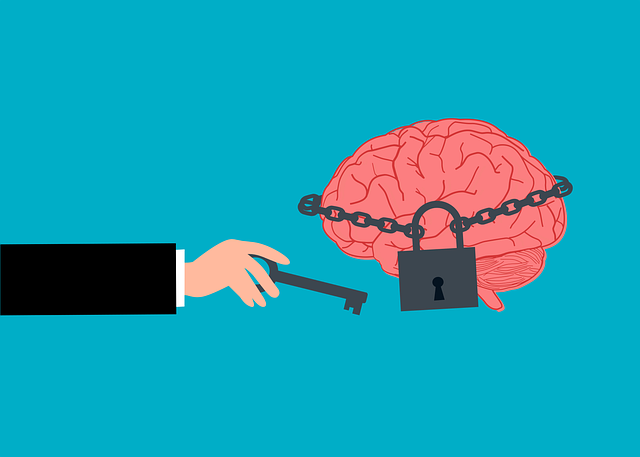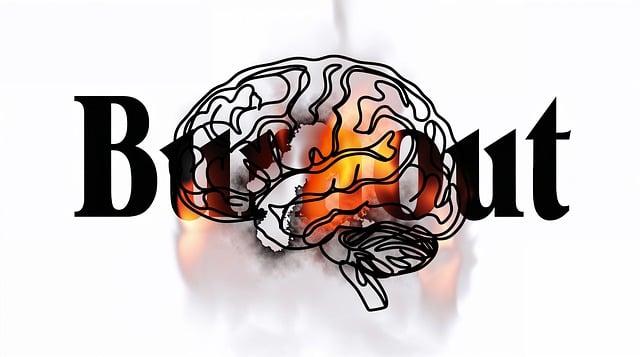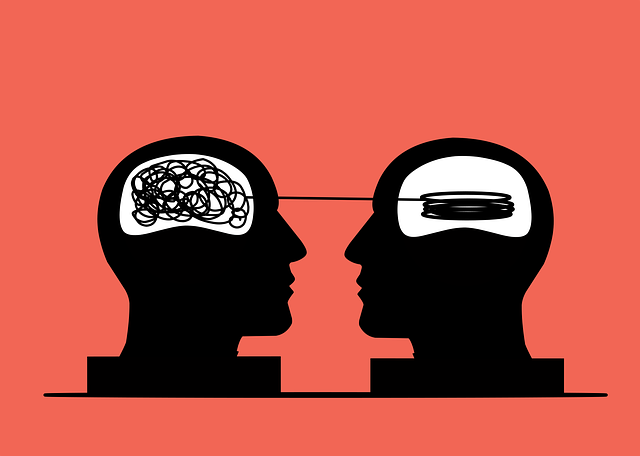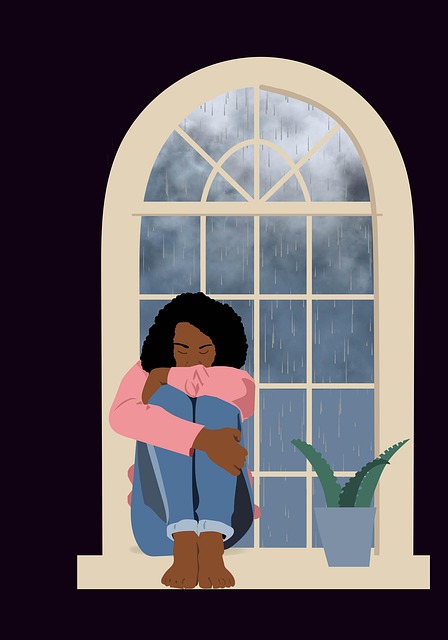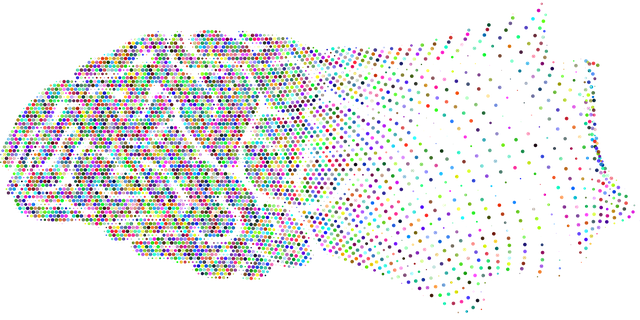Adolescent trauma, often overlooked, significantly impacts mental health during identity formation. Unaddressed trauma can lead to emotional dysregulation, anxiety, and behavioral issues. Tailored support services, including therapy for adolescent phobias (e.g., arachnophobia, agoraphobia), are crucial. Effective therapies like CBT and Exposure Therapy empower teens to manage emotions, confront fears, build safety, and recover. Creating supportive environments and normalizing mental health conversations enhance treatment. Trauma-informed care recognizes past experiences, using evidence-based practices like CBT to challenge negative thoughts. Comprehensive mental health policies advocate for specialized services and community education, fostering healing and thriving.
Trauma support services for adolescent teens are crucial in addressing the rising prevalence of phobias among young people. This article delves into the multifaceted approach needed to combat this growing concern. We explore the profound impact of trauma on teens, focusing on how it manifests as specific phobias. Through examining therapeutic interventions, creating supportive environments, and implementing effective care strategies, we aim to provide insights for professionals supporting adolescent teens with phobias, emphasizing the importance of therapy in their recovery journey.
- Understanding Adolescent Trauma and its Impact on Teens
- Identifying Phobias in Youth: Common Presentations
- The Role of Therapy in Treating Adolescent Phobias
- Creating a Supportive Environment for Teen Therapy
- Effective Strategies for Providing Trauma-Informed Care
Understanding Adolescent Trauma and its Impact on Teens

Adolescent trauma is a significant issue that can have long-lasting effects on teens’ mental and emotional well-being. This period of life is often characterized by rapid growth, identity formation, and increased independence, making young individuals particularly vulnerable to the impact of traumatic events. Such experiences can range from acute incidents like physical or sexual abuse to chronic stressors such as family conflicts, domestic violence, or poverty. Unaddressed trauma can manifest in various ways, including emotional dysregulation, anxiety, depression, and even behavioral issues.
The provision of tailored support services for adolescent teens is crucial in helping them navigate these challenges. Therapy for adolescent teens with phobias or other trauma-related disorders should focus on developing coping skills and enhancing emotional intelligence. By equipping them with effective strategies to manage their emotions and confront fears, professionals can foster a sense of safety and self-worth. This not only aids in the recovery process but also contributes to building resilience, allowing teens to lead fulfilling lives despite their past traumatic experiences.
Identifying Phobias in Youth: Common Presentations

Identifying phobias in youth often involves recognizing specific behaviors and fears that can significantly impact their daily lives. Common presentations include intense anxiety or avoidance of certain objects or situations, such as animals (e.g., arachnophobia), natural elements (e.g., agoraphobia), or even common everyday items (e.g., klephobia). These phobias can develop from a traumatic event, genetic predisposition, or a combination of both. Many mental health education programs design interventions to help adolescent teens overcome these specific fears through therapy, where professionals use evidence-based practices tailored to their unique needs.
Self-awareness exercises and mental wellness podcast series production can also play a crucial role in supporting youth with phobias. Engaging in activities that foster self-reflection and open communication allows individuals to better understand their triggers and responses. Additionally, podcasts focused on mental health offer accessible resources, sharing stories and strategies that encourage teens to seek help and develop coping mechanisms. These initiatives collectively contribute to the overall goal of enhancing therapy for adolescent teens with phobias and promoting their mental wellness.
The Role of Therapy in Treating Adolescent Phobias

Therapy plays a pivotal role in addressing and treating adolescent phobias. Cognitive Behavioral Therapy (CBT), for instance, has proven to be an effective approach, helping teens confront and overcome their fears. Through CBT, adolescents learn to identify and challenge negative thought patterns associated with their phobias. This process equips them with valuable coping strategies to manage anxiety and triggers effectively.
Incorporating Exposure Therapy within the therapeutic framework further strengthens the treatment of adolescent phobias. Gradual exposure to feared objects or situations in a safe, controlled environment enables teens to develop resilience and reduce avoidance behaviors. Moreover, integrating Risk Management Planning for Mental Health Professionals ensures that therapists are equipped to handle potential triggers and maintain a supportive environment, enhancing overall Emotional Well-being Promotion Techniques. Stress Management Workshops Organization can also benefit both professionals and their young clients, fostering better stress mitigation strategies and improving mental health outcomes.
Creating a Supportive Environment for Teen Therapy

Creating a supportive environment is paramount when providing therapy for adolescent teens with phobias. This age group often faces unique challenges, requiring specialized approaches to engage and facilitate their healing process. A safe and non-judgmental space encourages teens to open up about their fears and experiences. Therapists should employ communication strategies that cater to this demographic, ensuring sessions are interactive and engaging. By fostering an atmosphere of trust and understanding, teens feel empowered to explore and challenge their phobias.
Public awareness campaigns play a pivotal role in normalizing conversations around adolescent mental health. Educating parents, caregivers, and the broader community about emotional regulation techniques can further enhance support systems. These initiatives promote early intervention and encourage seeking professional help without stigma. Ultimately, a supportive environment coupled with targeted communication strategies paves the way for effective therapy and improved emotional well-being in teen clients.
Effective Strategies for Providing Trauma-Informed Care

Providing trauma-informed care is a nuanced approach that goes beyond traditional therapy methods. It involves creating safe, supportive environments that recognize and address past traumatic experiences. For adolescent teens suffering from phobias, this can mean integrating evidence-based practices like cognitive behavioral therapy (CBT) tailored to their unique needs. CBT helps individuals challenge negative thoughts and behaviors linked to trauma, fostering resilience building and emotional healing processes.
Beyond individual therapy, a comprehensive mental health policy analysis and advocacy approach is essential. This involves ensuring access to specialized services, educating communities on trauma awareness, and advocating for policies that support the emotional well-being of adolescents. By combining targeted interventions with systemic changes, we can create a more supportive ecosystem for trauma survivors, enabling them to heal and thrive.
Trauma support services play a pivotal role in fostering the resilience and well-being of adolescent teens grappling with phobias. By understanding the profound impact of trauma on young minds, identifying specific phobia presentations among youth, and employing evidence-based therapy methods, professionals can create a supportive environment that enhances recovery. Implementing trauma-informed care strategies ensures that these services are accessible, effective, and tailored to meet the unique needs of each teenager, ultimately empowering them to overcome their fears and lead fulfilling lives. Effective support in this area is transformative, offering a beacon of hope for those affected by phobias and ensuring a brighter future for adolescent teens.

